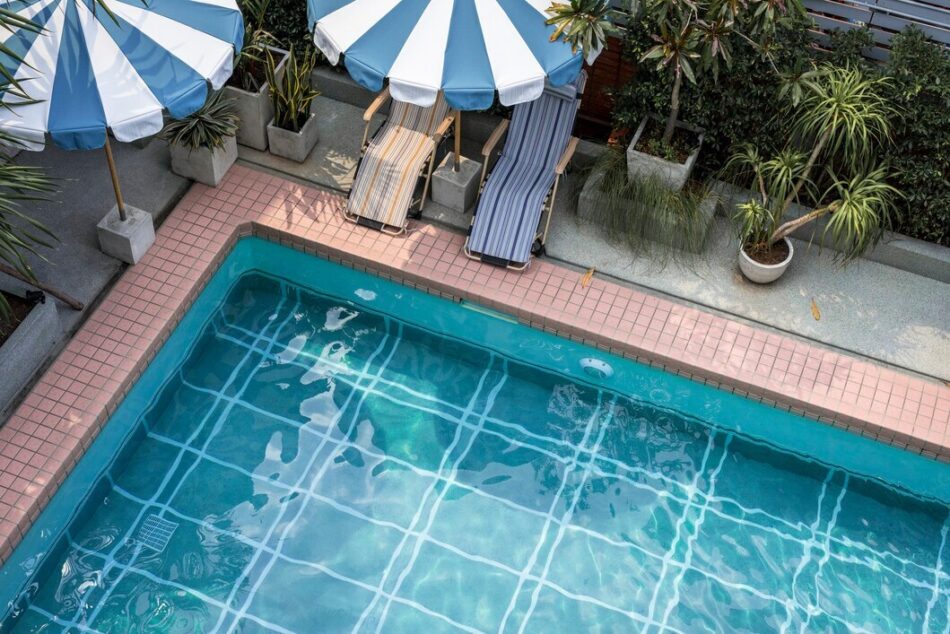Maintaining a clean and efficient swimming pool requires more than just water treatments and routine brushing—it requires a strong foundation of well-functioning components. Among these, the skimmer plays one of the most important roles. In this comprehensive guide, the focus is placed on the essential skimmer parts that keep a pool running smoothly, ensuring crystal-clear water and stress-free maintenance for pool owners.
By understanding what each part does, why it matters, and when it needs attention, pool owners can extend the life of their equipment, prevent expensive repairs, and enjoy a more seamless swimming experience. This blog breaks down each crucial piece in the skimmer system, offering a helpful resource for beginners and experienced pool caretakers alike.
Why Skimmer Systems Are Essential in Pool Maintenance
A pool skimmer works much like the pool’s circulatory system. It continuously pulls water and floating debris toward itself and traps contaminants before they sink to the bottom or clog other equipment. The small but mighty collection of skimmer part plays a vital role in this process by capturing leaves, dirt, insects, oils, and anything else that might compromise water quality.
Without a functioning skimmer system, a pool can quickly develop algae, cloudy water, and circulation problems. That is why paying attention to each individual component is essential.
1. The Skimmer Housing: The Foundation of the System
Every skimmer system begins with its main body, commonly known as the skimmer housing. This built-in or surface-mounted compartment sits at water level and acts as the opening through which water and debris enter the skimming system.
A solid skimmer housing must withstand sun exposure, fluctuating temperatures, chemical treatments, and constant water flow. It is also designed to hold the vital skimmer part that work together inside it. When the housing is cracked or damaged, efficiency drops dramatically, and leaks may occur—making it one of the first components to regularly inspect.
2. The Weir Door: A Small Part With a Major Impact
One of the most notable features in skimmer design is the weir door—a small flap located at the mouth of the skimmer. When water flows into the skimmer, this door helps draw surface debris inward by creating a consistent water movement pattern.
Without a properly functioning weir door, debris floats back into the pool instead of being trapped. This is one of the skimmer part most likely to get stuck, warped, or displaced, so pool owners often need to replace or adjust it for optimal performance.
3. The Skimmer Basket: The First Line of Defense
Inside the skimmer housing rests the skimmer basket, one of the most frequently maintained pieces of the entire system. The basket collects leaves, insects, twigs, and other floating particles before they can reach the pool pump.
A sturdy basket prevents clogs and protects the pump from damage. Pool professionals advise checking and emptying it at least once a week—or more often in seasons with heavy debris. Because baskets vary in size by brand, shape, and skimmer model, identifying the correct skimmer parts when replacing them is essential.
4. The Skimmer Suction Line: Keeping Water Flow Steady
Attached beneath the basket, the suction line pulls filtered water toward the pump system. When this line becomes clogged, cracked, or obstructed, the pool will experience low circulation and poor filtration.
Though this line is not always visible, it works together with other skimmer part to maintain a smooth flow of water. Routine inspections ensure the line stays clear and functional, preventing unnecessary strain on the pump.
5. The Skimmer Lid: Safety and Protection in One Component
The skimmer lid, often overlooked, is a vital safety feature. It prevents objects—or people—from falling into the skimmer opening while also shielding the internal components from direct exposure to sun, rain, and debris.
A durable lid protects the skimmer parts beneath it from damage. Cracked, loose, or sun-warped lids should be replaced as soon as possible to maintain both safety and system longevity.
6. Gaskets, Screws, and Seals: The Hidden Heroes
While they might not be the first items pool owners think about, the small pieces—gaskets, screws, and seals—hold the entire system together. These components prevent leaks, secure the skimmer to the pool wall, and ensure that water flows exactly where it should.
Over time, these small skimmer parts deteriorate or lose their effectiveness due to chemical exposure or temperature fluctuations. Replacing gaskets and seals during routine maintenance can significantly extend the life of the skimmer system.
How to Know When Skimmer Parts Need Replacement
Even the most durable pool components require upkeep. Pool owners should watch for signs such as:
- Water level in the skimmer dropping too low
- Loud suction noises
- Reduced circulation or slow skimming
- Cracked housing or warped weir doors
- Frequent pump clogs
- Visible wear on the basket or lid
Catching issues early prevents expensive repairs and ensures the pool stays clean and inviting.
Choosing the Right Replacement Skimmer Parts
Selecting the correct replacements is essential for maintaining performance. Pool owners should consider:
- Brand compatibility
- Material quality (UV-resistant plastic, heavy-duty polymer, etc.)
- Exact measurements
- Whether the components match existing skimmer models
Buying the wrong skimmer part can result in poor fit, leaks, or reduced effectiveness, so referencing the skimmer’s manufacturer specifications is always recommended.
Final Thoughts: Keeping Pools Clean Through Quality Skimmer Parts
A well-maintained pool starts with a reliable skimmer system. When each component functions properly—from the weir door and basket to the suction line and housing—the entire pool benefits from improved circulation, filtration, and hygiene.
Understanding the structure and purpose of individual skimmer parts empowers pool owners to manage their maintenance confidently and efficiently. Routine inspections, timely replacements, and proper care help ensure pristine water throughout every season.








